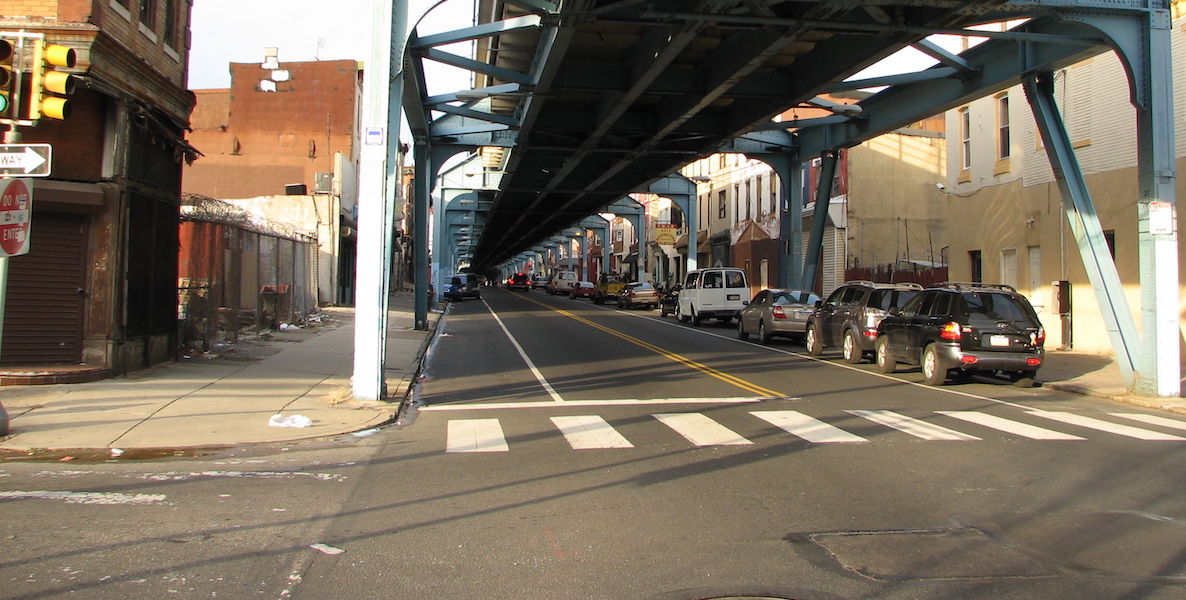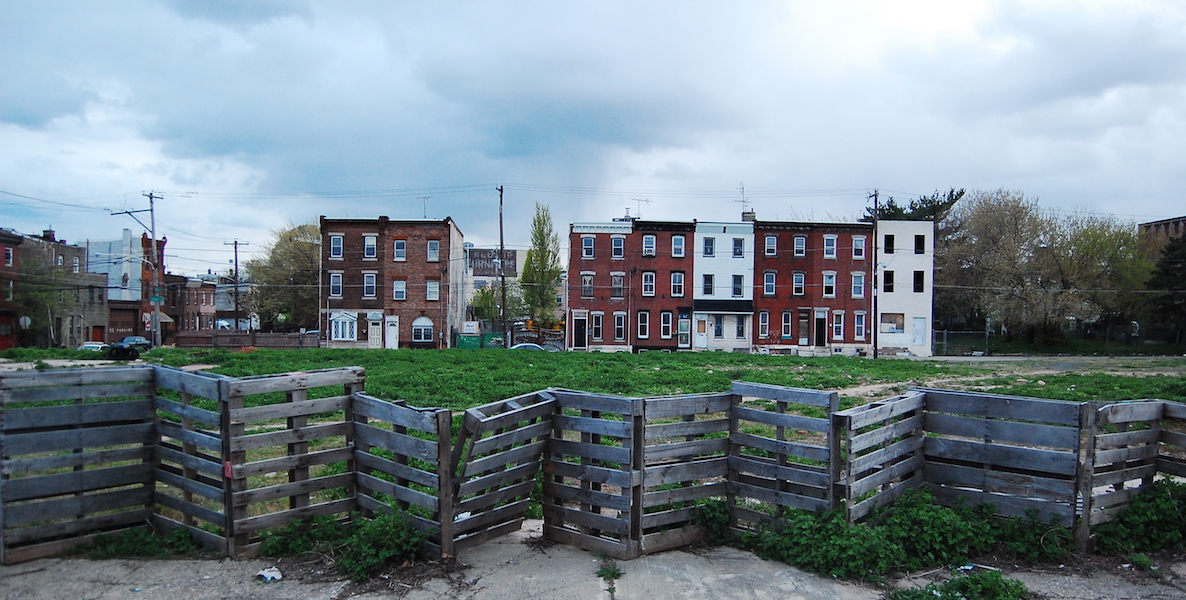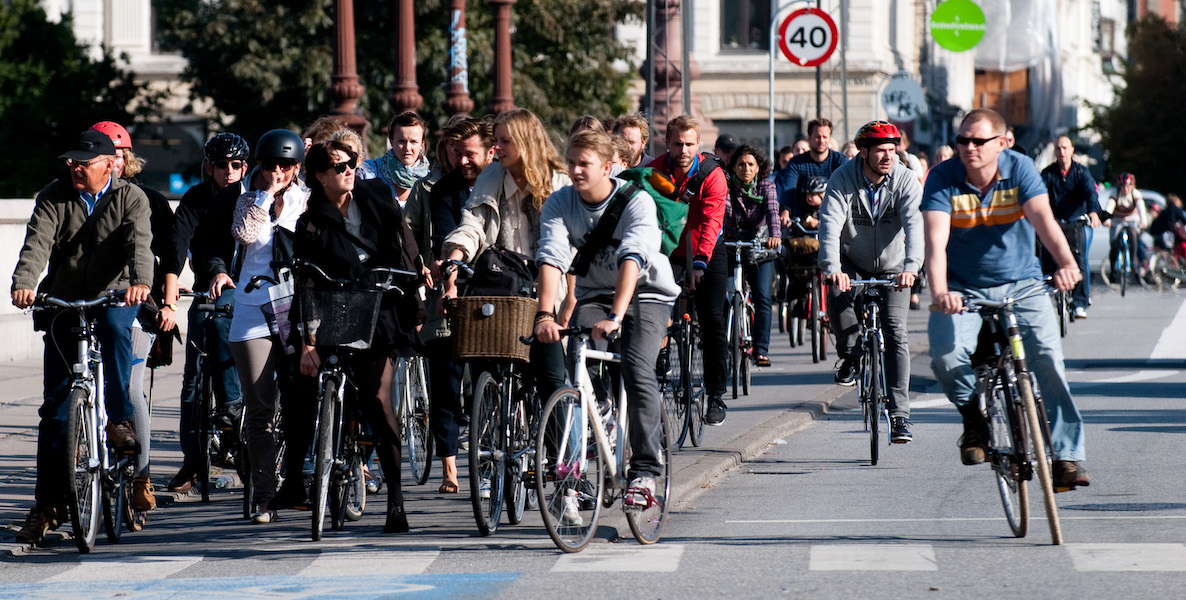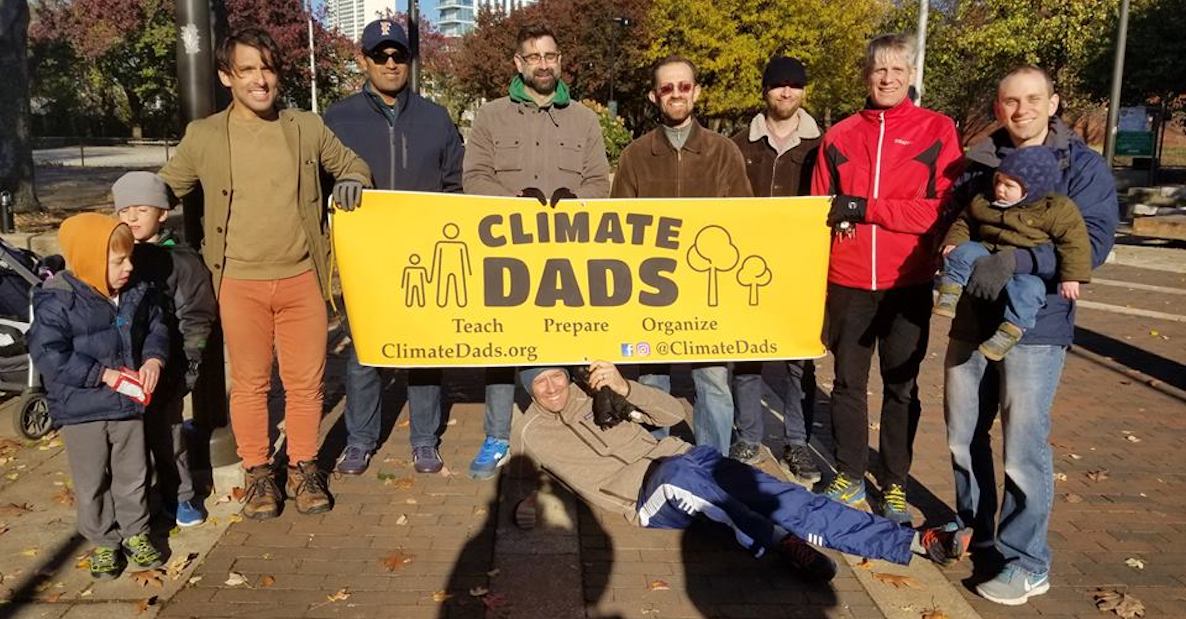Dozens of mayors—including Philadelphia’s Jim Kenney—will descend upon Copenhagen next week for the C40 World Mayors Summit, a network of the world’s leading cities committed to addressing climate change.
The urgency of the gathering cannot be understated. With climate impact and climate advocacy on a meteoric rise, cities are at the vanguard of both mitigation and adaptation solutions. This is because many cities possess the powers and resources to reorient key sectors of the economy, particularly the energy, buildings and transportation sectors, that disproportionately drive carbon emissions.
Cities also represent networks of public, private and civic leaders and institutions that are pragmatic at the core and less likely to be hijacked by partisan rancor and ideological polarization, the curse of our times.
The choice of Copenhagen as the gathering is not accidental. The Danish capital has emerged as the world’s poster child for climate solutions, as it strives to become the first global city to achieve zero carbon emissions by 2025.
How Copenhagen Is Doing It
Copenhagen’s plan is an intricate mix of concrete goals and initiatives that aim to drive change through four areas: energy consumption, energy production, green mobility and city administration.
Copenhagen’s ascendance occurs at the very time that the way we invent, replicate and adapt societal solutions has fundamentally changed.
In the 20th century, problem solving was top down, driven primarily by national governments and separate bureaucratic agencies (e.g., Department of Transportation, Department of Housing) with specialized levels of expertise.
In this century, problem solving is co-created, powered by multi-level governments, multi-sector networks and individuals and entities with knowledge and capacity that cut across disciplines (e.g., a technological rather than transportation solution to mitigate traffic congestion).
The circuitry of innovation for complex global challenges has thus taken on an urban cast. A few cities have become “first movers,” innovating in ways that show measurable outcomes and burnish their position.
These innovations are being captured, codified and then adapted by other cities which have emerged as “fast followers” along with globally oriented intermediaries, corporations and financial institutions. The goal is for exceptional innovations to become the norm, seamlessly adapted to dozens of cities across the world.
As with all things, this theory of city-driven global change depends upon a deeper and detailed understanding of the solutions being delivered.
Copenhagen has emerged as the world’s poster child for climate solutions, as it strives to become the first global city to achieve zero carbon emissions by 2025.
Given the complexity of climate change, it is not surprising that Copenhagen’s strategy for zero carbon is data-driven and multi-layered. On one level, the city (in close concert with the national government) is pursuing policy innovations around governmental investments, regulations and commitments.
Significantly, Copenhagen has established a series of sub-goals that, if achieved together, enable the city to get to zero carbon emission. For example, the city established the following energy production targets for 2025:
- District heating in Copenhagen is to be carbon neutral
- Electricity production will be based on wind and sustainable biomass, exceeding total electricity consumption in the city
- Plastic waste from households and businesses will be separated
- The bio-gasification of organic waste is to be scaled
On another level, Copenhagen is either inventing or deploying product innovations that enable the use of concrete design—technological as well as financial advances. Using architectural and land-use norms to build sheltered and secure bike lanes or technology to monitor the energy use of buildings or accelerate traffic flow and reduce congestion are all examples of product solutions.
At the same time, financing these and other actions are advanced by financial products (e.g., green bonds) and financial mechanisms (e.g., value capture) that can be standardized.
Finally, Copenhagen is perfecting a series of process innovations, by creating public/private institutions with the capacity and capital to drive solutions at scale.
Since the 1990s, for example, Copenhagen’s City & Port Development Corporation has been able to drive the regeneration of the core of the city and use the revenues generated by land sales and leases to finance the construction of a 21st-century subway system for the entire city.
How to Create Process Innovations
Process innovations are also achieved by multi-sector collaboration between public agencies, private corporations and consultancies and non-profit philanthropies and intermediaries.
The ability of multiple stakeholders to collaborate around wicked problems that no single entity can tackle alone is central to Copenhagen’s position as a global climate leader. One example is Project AirView, a collaboration between Google and the City of Copenhagen on hyperlocal air quality measurements. Gehl and the Bernard van Leer Foundation are tying air quality data to the lived experience of children under 5.
The collaboration aims to create a long-term vision for a healthy public realm together with suggestions for pilot projects that can be brought to life in the short-term. The goal is to provide practitioners, urban planners and decision makers with tools in the form of fact-based design codes for healthy urban environments. The first step of the project has focused on how to invite children and their caretakers to spend time in areas of the city with better air quality.
Policy, product and process innovations often intersect and interact. One example is a new red solar cell farm and demonstration project in Copenhagen.
The project is funded by Realdania and Copenhagen Municipality and the aim is to show how solar cells not only lead to more energy-efficient buildings, but also overcome the architectural barrier of black solar cells and older red-tiled buildings.
To adapt Copenhagen’s ambitious plan to other cities around the world requires a keen understanding of these three very different kinds of innovative interventions and the speed and ease with which they can be moved across cities, countries and continents that have different starting points on city power, capacity and responsibility as well as culture.
In our experience, product innovations have the least friction associated with adaptation and the greatest potential for being exported because engineering protocols or financial underwriting can be routinized.
Product innovations move fast, primarily because entities ”in the market” (e.g., production companies like Vestas, financial institutions like PensionDanmark, architectural firms like BIG, consultancies like Ramboll, COWI and Gehl and match-making intermediaries like BLOXHUB) can literally capture, carry and apply these routines and standards from place to place.
Some policy innovations (e.g., public procurement of clean vehicles, energy efficient goals for publicly owned buildings) also travel easily from city to city. There is more difficulty, however, associated with other policy innovations (e.g., renewable portfolio standards, dramatic expansion of transit infrastructure and ridership) because city governments have different kinds and levels of powers and responsibilities in different countries, the spatial landscape of cities vary widely and the political process of driving policy change requires the mobilization of urban constituencies which often have radically different priorities for the allocation of scarce public resources.
The starting point for the transport sector in Copenhagen—75 percent of all trips are on foot, by bike or via public transport—is not the general experience in global cities!
Process innovations, like policy innovations, often require substantial public sector actions and reforms which, in turn, require high levels of political capital to be expended. Copenhagen’s City & Port Development Corporation, for example, was able to drive the regeneration of a transit-connected urban core partly due to its unified ownership of vast amounts of publicly owned land located along the harbor and between the airport and the central business district.
In many U.S. cities, public ownership of land and buildings is fragmented across separate layers of government and multiple public authorities, which often do not share a common view on goals and objectives.
Undergirding all these distinctions are the different levels of capacity and professionalism that exist in cities around the world. Copenhagen has high levels of talented professionals due in part to cultural norms, free university tuition, broader safety net and a strong respect for public institutions.
The Success in People-First Design
Part of Copenhagen’s key to success is its commitment to people-first design. An emerging field that the municipal government is tackling along with the EAT Foundation, Gehl and C40 itself is around food systems, since food consumption accounts for about 20-35 percent of Co2 emissions in cities (see, e.g., EAT-Lancet Report).
By understanding how people act at the neighborhood level, the consortium is working to integrate the latest food-system science into urban design to enable easy and convenient behavioral change.
This is contrary to typical initiatives that are often either focused on national and global contexts (large-scale) or individual education and awareness-raising (small-scale). For example, large-scale initiatives can give us global indexes on food insecurity, and small-scale initiatives can educate us about the specific benefits and detriments of certain foods. Copenhagen is exploring the ‘mid-scale’ that corresponds to people’s lived experiences: How can my neighborhood make it easier for me to choose healthier food options and active low carbon mobility choices?
How Philly and Other Cities Should Proceed
How can we accelerate not only the invention and deployment of policy, product and process innovations by a handful of vanguard cities but also the adoption and adaptation of these innovations by scores of other cities?
The support for networks like C40 is essential. These are the conduits by which proven innovations move through an urban world. But they need help.
Addressing this climate threat will require a new understanding of how problems get solved today and how innovations in one city can spread and scale so they have transformative impact.
Expanding the number and sophistication of Climate Governance researchers who can break down complex city solutions into digestible bites—as well as Climate Messengers and Climate Matchmakers who can literally carry and move proven innovations from place to place—is critical to ensure adoption by many cities of exemplary actions once summits like the one being held in Copenhagen end.
These efforts, ipso facto, will give us insights on the next generation of Climate Capital (the blending of public, private and civic resources blended and braided in novel ways) that is needed to get critical projects and actions financed.
Climate change is more than an existential threat facing the world. Our central message, as mayors and urban stakeholders gather in Copenhagen next week, is that addressing this threat will require a new understanding of how problems get solved today and how innovations in one city can spread and scale so they have transformative impact.
Enabling more multi-level, multi-sector and multi-stakeholder collaboration represents a new approach to urban leadership that will ultimately enable more cities to deliver a green transformation.
Bruce Katz is the Founding Director of the Nowak Metro Finance Lab at Drexel University. Luise Noring is an Assistant Professor and Research Director at the Copenhagen Business School and the founder of City Facilitators. Torben Klitgaard is Director of BLOXHUB, the Nordic hub for sustainable urbanization, based in Copenhagen. Helle Lis Soholt is Founding Partner and CEO of Gehl, a firm dedicated to making ‘cities for people.’
Photo courtesy heb / Wikimedia Commons










